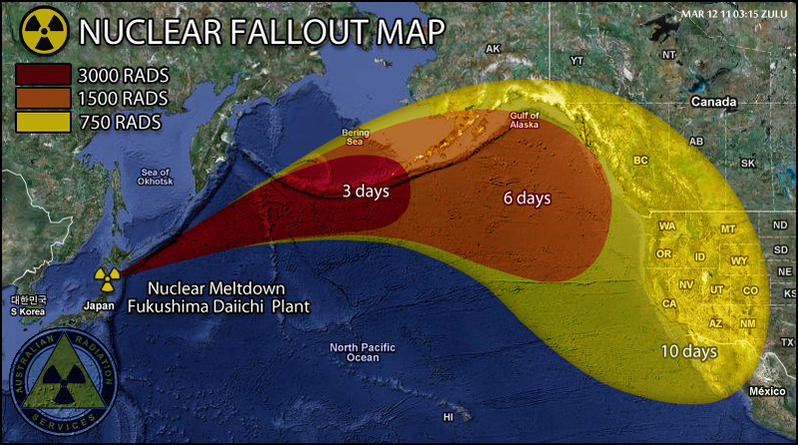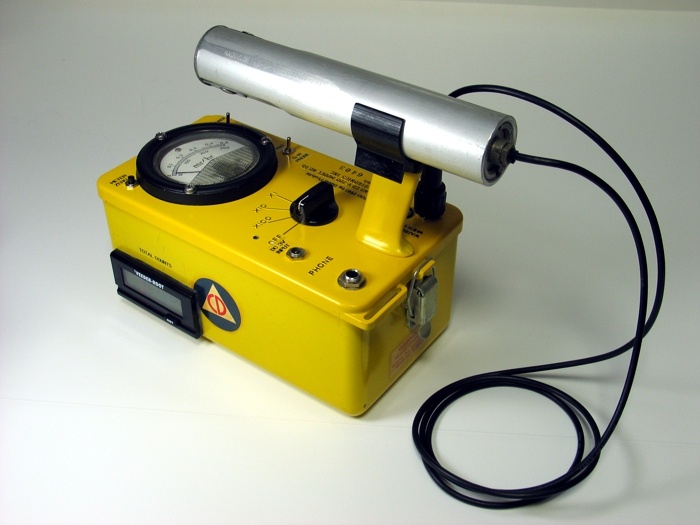Much of Japan changed on March 11th, 2011. After a major earthquake in Japan, there was a terrible tsunami that was triggered by the 9.0 magnitude earthquake. This quickly became a nuclear disaster when the tsunami hit the Fukushima I Nuclear Power Plant, creating the worst nuclear disaster since Chernobyl. The day after the tsunami is when the power plant began to release the harmful radioactive material. It would be thought that the people who were evacuating would be safe; however, this is not the case. The evacuation process killed many people, and over 16,000 lives were taken from the earthquake and tsunami alone.

The power failed in the reactors, and due to the chemicals inside, the pressure of the reactor began to rise. The emergency cooling system failed as the temperature rose, which caused even more evacuations. To this day, there is still water being poured into the reactors in order to keep the reactor’s system cold. The WHO said, “Very few cancers would be expected as a result of accumulated radiation exposures, even though people in the area worst affected by Japan’s Fukushima nuclear accident have a slightly higher risk of developing certain cancers such as leukemia, solid cancers, thyroid cancer and breast cancer” (Wikipedia).

Japan’s New Energy Strategies
Fukushima’s energy strategies have drastically changed since the accident. They used to rely on nuclear power, but the disaster has changed their views on it. About 22% of its energy now comes from renewable sources, with the hopes that 100% of its energy will come from renewable sources by 2040 (Ecowatch). The government has been forced to focus on different ways to produce energy on alternative electric sources. “In the meantime, a Renewable Energy Village (REV) with 120 solar panels and plans for wind turbines has sprouted up on the contaminated farmland surrounding the power plant” (Ecowatch). This is just one of the projects being performed in the hopes that Japan will use 100% renewable energy in a few decades.
References:
http://www.eia.gov/countries/cab.cfm?fips=ja
http://ecowatch.com/2014/02/05/fukushima-renewable-energy-japan-nuclear-power/
http://fukushimaontheglobe.com/the-earthquake-and-the-nuclear-accident/whats-happened
http://en.wikipedia.org/wiki/Fukushima_Daiichi_nuclear_disaster#Risks_from_radiation
http://www.world-nuclear.org/info/Safety-and-Security/Safety-of-Plants/Fukushima-Accident/




















